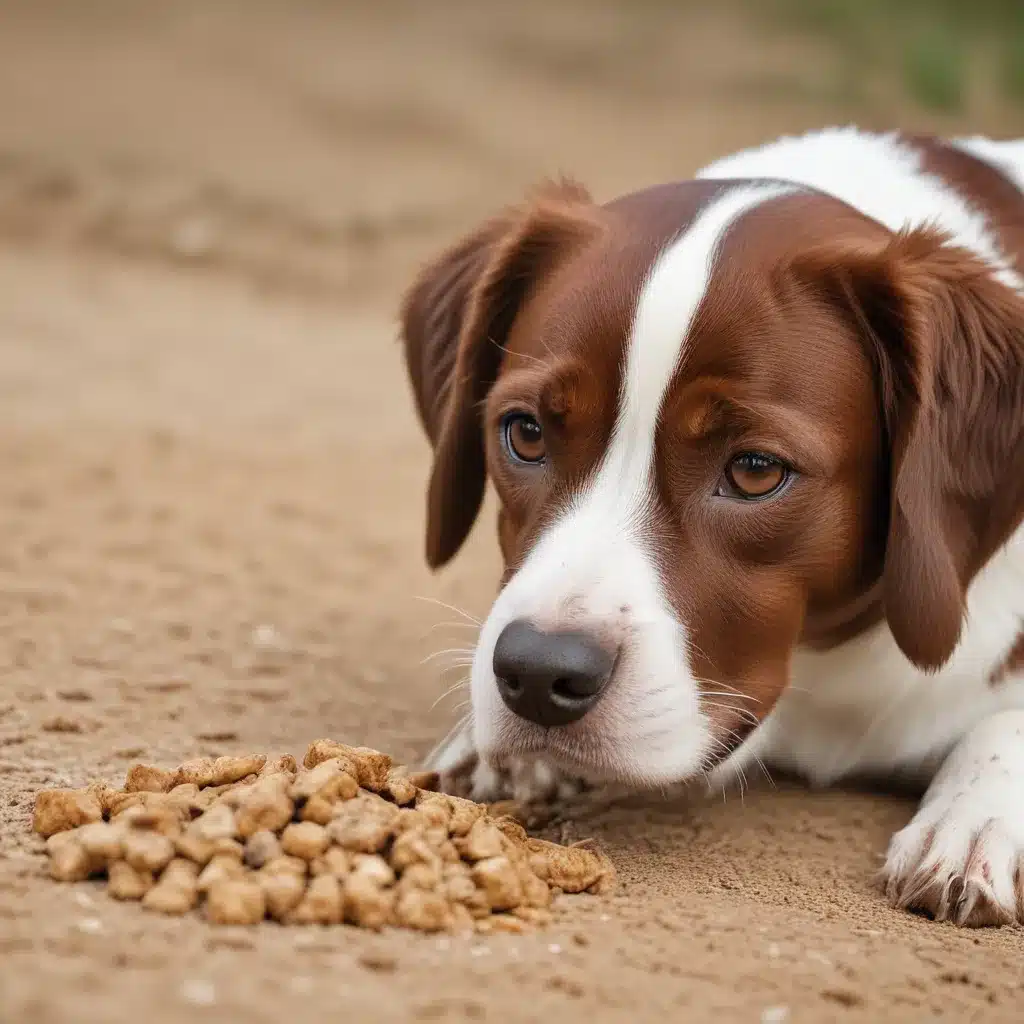
The Dreaded Flea Invasion
Ah, the joys of pet parenthood – the snuggles, the endless games of fetch, the unconditional love. But then, out of nowhere, your canine companion starts scratching like crazy, and you spot those pesky little bloodsuckers – fleas. Ugh, the bane of every dog owner’s existence!
You’re not alone in this battle, my friend. Research shows that 1 in 7 dogs is a carrier of live fleas, and a tenth of those unwanted nuisances harbor all sorts of bacteria that can put your family’s health in danger. No wonder thousands of pet parents each month frantically search for the most effective ways to rid their furry friends of these parasitic pests.
The Two-Pronged Attack
Getting rid of fleas on dogs is more than just dealing with the aftermath of an infestation; it’s also about sound prevention methods. You see, parasites like fleas look for unhealthy animals as potential hosts because they’re a much easier target than their healthier counterparts. A dog that receives an unbalanced diet has chronic health issues, and an unbalanced gut microbiome eating unhealthy food will have a harder time fending off parasites than a pup whose diet makes them strong and resilient.
That’s why, as a pet parent, your two-pronged approach to the flea invasion should be:
1. Eliminate the existing fleas, and
2. Fortify your dog’s diet to prevent future infestations.
Conquering the Critters: Natural Remedies
Now, I know what you’re thinking – “But what about those harsh chemical flea shampoos and sprays?” Well, let me tell you, my furry friend, those things may kill the fleas in one fell swoop, but their ingredients have also caused unintended deaths within the canine population. A dog’s skin absorbs those chemicals, sending them straight to the liver and other organs – quite the risk, considering that good old water and regular soap are enough to get the job done safely.
Instead, I propose a gentler, more natural approach to flea control, one that’s considerate of our dogs’ health and well-being while eliminating these unwanted pests. Here are some of my top recommendations:
Lemon and Apple Cider Vinegar Baths
These two ingredients alter the pH on the skin’s surface in a way that’s harmful to parasites. The more they’re exposed to the modified pH, the easier it’ll be to contain the infestation. To create a lemon or apple cider vinegar bath, simply add a few tablespoons of the liquid to your pup’s bathwater and let them soak for a bit. Focus on the anus and the area around the neck first, as those are the fleas’ favorite hideouts.
Essential Oils
Certain essential oils, like cedar, eucalyptus, peppermint, and lavender, work wonders when applied to skin inflammations and rashes. Plus, their intense scent is effective at fending off parasites while leaving your dog with a fresh, pleasant fragrance. Just be sure to dilute the essential oil in a carrier oil before applying it to your pup’s coat.
Rosemary and Brewer’s Yeast
Steep some rosemary needles in boiling water, let it cool, and then slather your dog’s coat and skin with the concoction. You can also make a fine powder of dried rosemary, fennel, and wormwood and sprinkle it around your home for a flea-repelling fragrance. And don’t forget about Brewer’s yeast – anecdotal evidence suggests it has flea-fighting capabilities thanks to its thiamine content. Volhard food already contains Brewer’s yeast, so you might already be feeding it to your pup!
Diatomaceous Earth and Nematodes
Sprinkle some food-grade diatomaceous earth around your garden or anywhere you think parasites might be hiding. These fossilized remains of tiny diatoms absorb into the fleas’ exoskeletons, destroying them from the inside out. Another natural wonder? Nematodes – tiny worms that populate the soil and have a knack for eradicating a wide range of parasites, including fleas.
Garlic and Neem
Fleas have an instinctual hatred toward garlic, so turning it into a simple garlic water spray and misting it around your yard can work wonders as a natural flea repellent. And let’s not forget the mighty Neem tree – its antibiotic properties make it a fantastic flea eliminator, both internally and externally.
Fortifying Fido’s Diet
While these natural remedies can certainly help get that flea infestation under control, the real key to keeping those pesky parasites at bay lies in your pup’s diet. You see, the nutrients associated with defending our canine companions against fleas include omega-3 fatty acids, B-vitamins, zinc, and antioxidants.
That’s why I always recommend supplementing your dog’s diet with foods like salmon, blueberries, carrots, and oatmeal. Not only do these superfoods pack a powerful nutritional punch, but they can also help strengthen your pup’s immune system and make their skin and coat an inhospitable environment for those unwelcome guests.
And let’s not forget the importance of a balanced gut microbiome – after all, a healthy gut is the foundation for a healthy body. By feeding your dog a diet rich in prebiotics and probiotics, you’ll be giving their internal defenses a major boost in the fight against fleas and other parasites.
The Holistic Approach
Remember, my fellow pet parents, there’s no one-size-fits-all solution when it comes to flea control. It’s all about taking a holistic approach – addressing the issue both externally and internally, and providing your furry friend with the best possible nutrition to keep those pesky critters at bay.
So, the next time you see your pup scratching up a storm, don’t reach for those harsh chemicals. Instead, try some of these natural remedies, coupled with a diet that’s tailored to their specific needs. With a little bit of effort and a whole lot of love, you can help your canine companion fend off fleas for good.
And if you’re ever in need of more advice on dog nutrition, health, and training, be sure to visit our website or reach out to our team of expert nutritionists. We’re here to help you and your furry friend live your best lives together!

